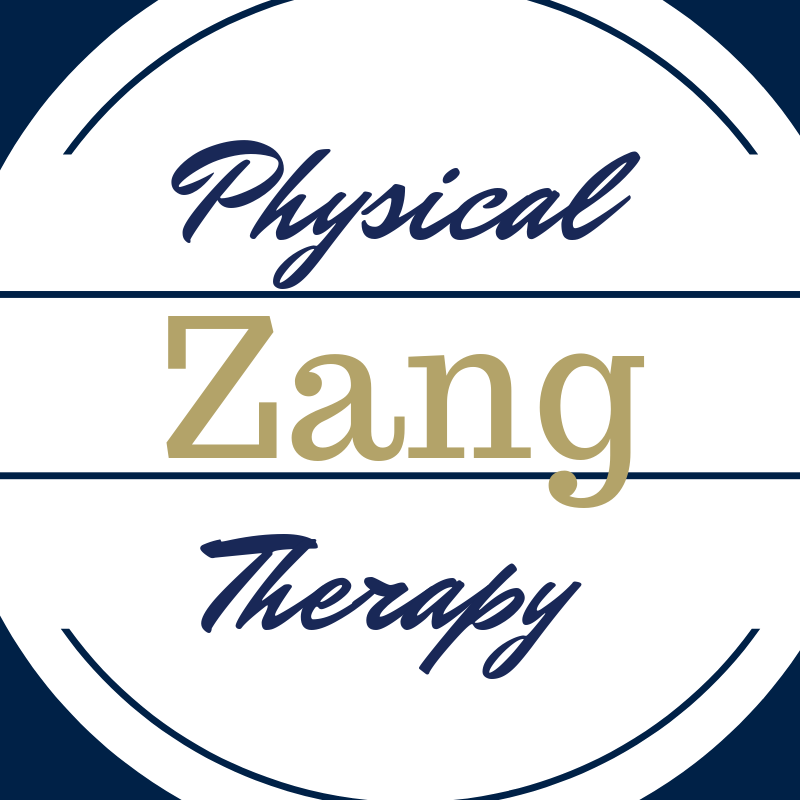A few weeks ago, I brought up the topic about what is pain. But is it really pain that matters? Or is it the result, the impaired activity that matters more? Truly, this discussion can be very difficult and rather abstract. So…I would now like to bring this topic from the abstract into the clinical reality in which I deal.
Every day I treat patients with some degree of “pain”. It is my job to understand each person’s complaint of pain. But not only that, to then decide how best to address it in order to restore function. This is much easier said than done in many instances. Why? Because there are many factors, some controllable and others not, that can influence the outcome.
When an person experiences an injury of some sort (say an ankle sprain), there is a degree of tissue damage. The body senses the “injury”, and tells the person they have “pain.” As a result, the individual typically will go into protection mode. Rest, ice, elevation, maybe compression. As these things commonly associated as the things to do after an ankle sprain. So the person “rests” a few days and thinks all will be better…right? Sometimes.
Ordinarily, the body will be able to “heal itself”, and pain will dissipate on its own after the healing has taken place. This process may last days or weeks depending on the actual or perceived amount of tissue damage. For a minor ankle sprain, most people will “walk” them off in a few days. And then get back to higher level of activity within a few weeks. But for those with a more severe sprain or do not heal within a few weeks, what happens?
Well…When pain persists beyond the normal length of healing time, some abnormal process has occurred allowing the pain to persist. Several factors may be at play here: 1) the muscle(s) are not functioning properly, 2) the joint is not moving well, or 3) the pain message from the brain has not turned off as it should have.
Physical therapy during the course of healing (generally within 2-6 weeks) should have helped with numbers 1 and 2. Thus, persistent pain may likely be the result of number 3, which we call sensitization (peripheral or central). This condition is one where normally non-noxious (non-painful)stimuli become painful. Basically, the nervous system and brain become overly sensitive to any stimulus, even a light touch to the previously injured area.
Another example of this is a healed paper cut that is still painful days or weeks later (after bumping it). In this situation, the phrase “pain is in your head” unfortunately comes into play. Because the body is responding inappropriately to stimuli from the environment.
From a physical therapy standpoint, we must educate the patient about their condition, and how to function in spite of pain he/she may be experiencing. The need to re-teach patients to recognize that pain does not necessarily equate to further damage to the body as most patients I talk to think all pain is harmful. As the individual learns to function (again), and sees that he/she can accomplish tasks without or with less pain…the brain will begin to down-regulate its sensitivity to pain. Unfortunately there is no set timetable for exactly how long this process can last or how long it can take to treat. The good news is, it can be treated.
Stay tuned for part 3 on pain.
